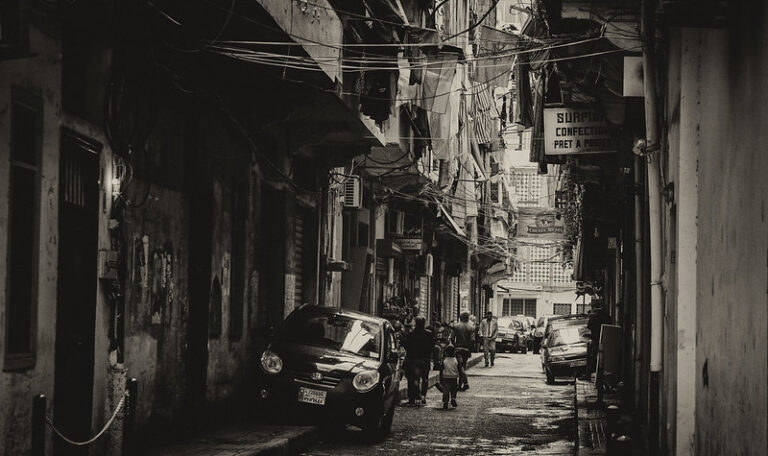The Transformative Power of Grief in Crying in H Mart and The Sweet Hereafter
Grief debilitates us. It releases us. It fills and drains us. Grief is an emotion so fantastically real and powerful that it can easily take over all others. We have all encountered narratives of grief—the depression, the rage, the self-destruction. But what about the other things grief does? What about the layers that are not just private sorrow and darkness? What about the unforeseen ways it transports us out of our own lives and into something bigger?
Michelle Zauner’s 2021 memoir Crying in H Mart started as a personal essay published in the New Yorker in 2018. The essay is a heartbreaking depiction of a daughter mourning her mother and coming to grips with all she’d lost. It touches upon the complicated relationship Zauner had with her mother, who immigrated from South Korea and was very strict and critical of her US-born daughter, and the book delves even deeper into the heartache of the parent-child dynamic. At times Zauner’s mother comes across as frightening and physically abusive, and we learn that she has spent years vacillating between trying to please her and aggressively rebelling against her wishes.
Grief ends up tipping the scales not once but twice—first when Zauner’s mother is diagnosed with terminal cancer, and a second time when she dies. At first readers witness a defeated sort of transformation, one that we may have been able to anticipate—after the diagnosis, Zauner stops fighting and starts complying with her mother’s wishes, setting her artistic ambitions aside, putting effort into her appearance, which her mother has always criticized for being too unkempt, and even urgently marrying her boyfriend so that her mother can attend the wedding. The second transformation is much more striking. After her mother dies, Zauner connects intensely with her Korean heritage, and a strengthening bond with her roots encourages her to give up pursuing a career in music in exchange for a steady income. It is precisely at this moment that her band blows up, the essay she has written gets picked up, and she gets offered a book deal—her artistic aspirations are rekindled and affirmed by the world. It is as if, in death, her mother is nudging her toward the life she’s always dreamed of. From the ashes of all she’d lost—not only her mother, but her former self—she rises again in her truest form.
But grief can also inspire other, more destructive transformations. In The Sweet Hereafter, Russell Banks’s 1991 novel, a small working-class town in the Adirondacks is shaken by the death and severe injury of many of its children in a school bus accident. Told by four different narrators from four different points of view, the story reveals not only the unimaginable terror of losing one’s child but also all the other complicated emotions and ramifications of the event: the divorces, the dissociation, the skewed and rearranged family and community dynamics. As lawyers prowl the town for potential lawsuit plaintiffs, residents begin to turn against each other, driven by greed. Secrets lurk underneath the surface and lies percolate. As Dolores, the school bus driver, a beloved community staple who is ultimately chosen as the tragedy’s scapegoat, explains, the loss of its children transforms a town. Like a Jenga tower, it falters and quakes and threatens to collapse to the ground.
What sort of change this quake delivers varies by community member. For Dolores, it is as a marker of life coming to a close (“the end of childhood,” is how she describes it as feeling). In the months following the accident, she takes leave and begins running most of her errands in neighboring towns, hoping to someday be able to return home. Even as she seems to be accepted by the townspeople despite her perceived guilt, she acknowledges that an unbridgeable schism has opened up between them. For Billy Ansel, a Vietnam veteran and a widower who was already grappling with a barely manageable charge of grief, losing his twins in the accident pushes him beyond the edge of function. Friends and relatives reach out and beg him to seek treatment for his burgeoning substance use disorder, but he claims that he is beyond help. He has chosen not to live.
Perhaps most astonishing is the change that shifts the life of Nichole Burnell, a gorgeous high schooler and the town sweetheart, for whom everybody dreamed up a glowing future, and whom the accident left permanently disabled. Nichole soon recognizes the power her disability holds: the sexual abuse she suffers by her father comes to an end, and she becomes untouchable in the eyes of her toxic family. When she decides to lie in her deposition in order to pin the blame for the accident on Dolores, thus putting an end to the snowballing lawsuits, her father is powerless to argue with her, indebted to the secret she holds over him. Though at first she feels that the sight of her inspires pity and sorrow in people, a living reminder of all the children they have lost, Nichole soon begins to view her changed condition as an inauguration into power. Through loss, Nichole has found control.
In both of these books, unfathomable loss catapults people into unknown realms of pain and lonesomeness. But in both of them, with time, trauma also leads them back to some form of home—to a self they had always contained but almost forgotten.


